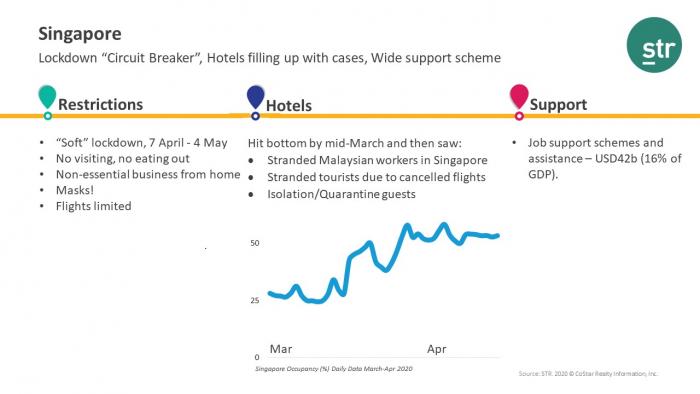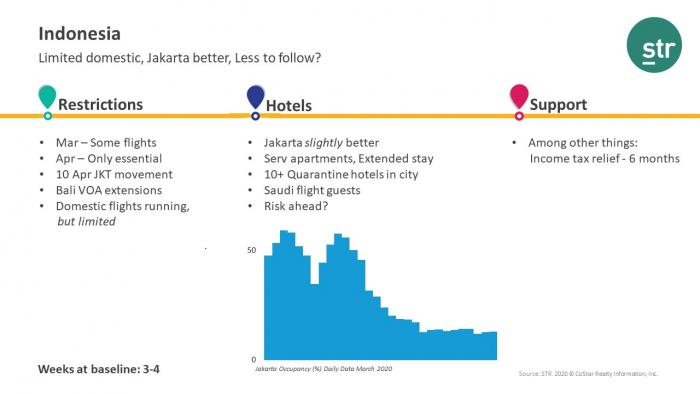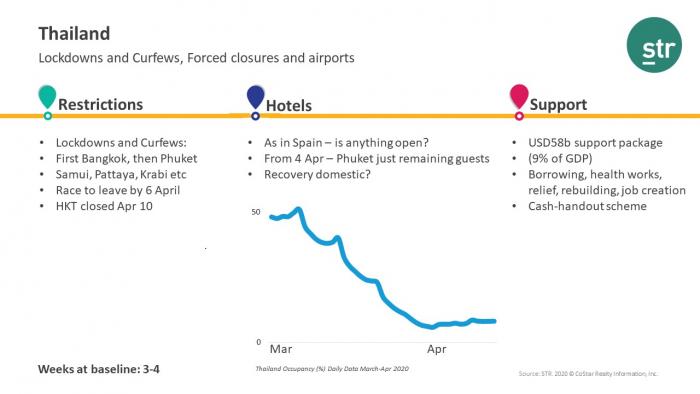March was a difficult month for many countries in the ASEAN region, with hotel occupancy falling below 20% for the likes of Thailand, Malaysia and Indonesia. However, the Philippines and Singapore ended the month with occupancy levels above 50%, and that’s where we pick up our five key points from 16 April’s webinar.
Drivers of the occupancy uptick in the Philippines
Several factors have enabled this uptick in occupancy and, as Jesper Palmqvist discusses in the webinar, essentially ‘bought time’ for the market. Firstly, there were variations in the introduction of lockdown measures—for example, Luzon on 16 March and Visayas 10 days later. Secondly, the government introduced a rule that hotels within two kilometres of key industries, including call centers and business process outsourcing (BPO), can operate with permission.
It is worth noting that there is a mixed picture for occupancy, with some hotels close to zero, and serviced apartments likely to be occupied. But the key question is how long this will continue and are further declines yet to come?




